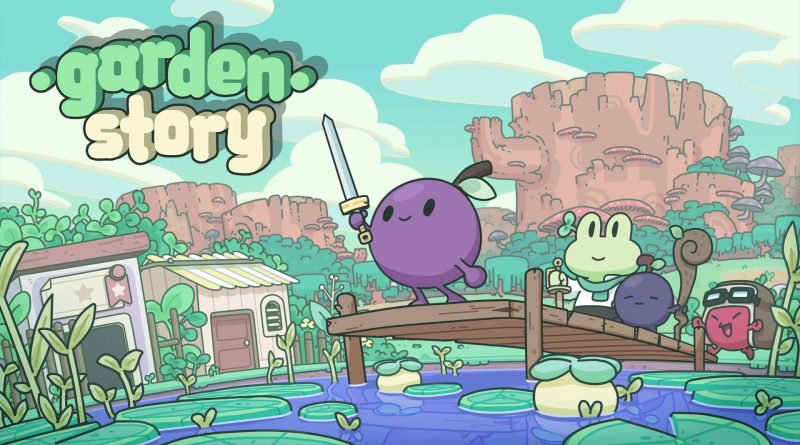

The story behind some pretty incredible challenges These cut scenes are told without vocals and with the most elegantly minimalist art it’s simple – too simple for many, I would suspect – but it’s delicate and ethereal in a way that is powerfully beautiful. It never distracts from the core rhythm game, but it provides a sense of satisfaction well beyond getting high scores that works as an incentive to continue playing. Hours later, you have lost time to the point that you wonder how the Nintendo Switch’s batter has gone flat.That very simple fairy tale has a great impact precisely because it is so innocent and familiar. Poison Control Switch NSPĪs it is, there’s a meditative, calming game, with emotive music that gently draws your attention.

The piano is a far more memorable percussion instrument than the drums in the overwhelming majority of these music tracks, and it leaves the game itself feeling almost too vulnerable, and the music too delicate. Deemo has over 200 songs, composed by a mix of Japanese and Taiwanese artists, and while there is a variety in that music (particularly considering there are some crossovers, with music being pulled from other Rayark games and so on), the overwhelming bulk of the music is itself minimalist, gentle, and delicate. “Ethereal” would be a good way to describe much of the game’s soundtrack, too. So the two set to making music, in the hopes of growing her a way to get back home.

As Deemo plays, the tree suddenly springs to life and begins to grow around the piano, higher and higher, and towards Alice’s entry point in the sky. With an indistinct face and long, slender limbs, Deemo seems like something out of a hazy dream, and he may well be - everything’s delightfully surreal this side of the rabbit hole, including the large tree stump on which his piano rests. Our story begins with a young girl named Alice who falls, Wonderland-like, through a trapdoor in the sky, and down into the castle home of a mysterious pianist named Deemo.


 0 kommentar(er)
0 kommentar(er)
